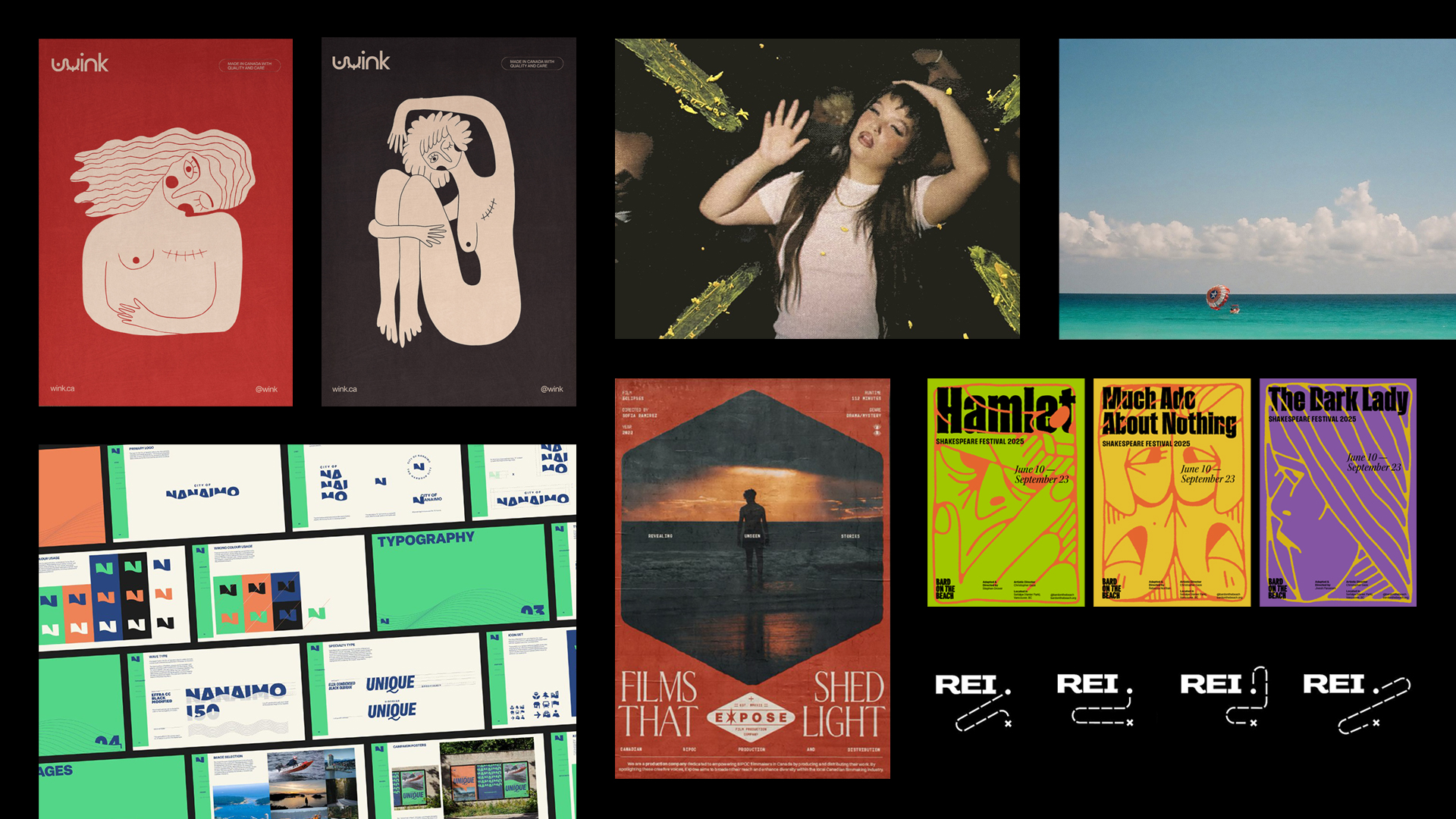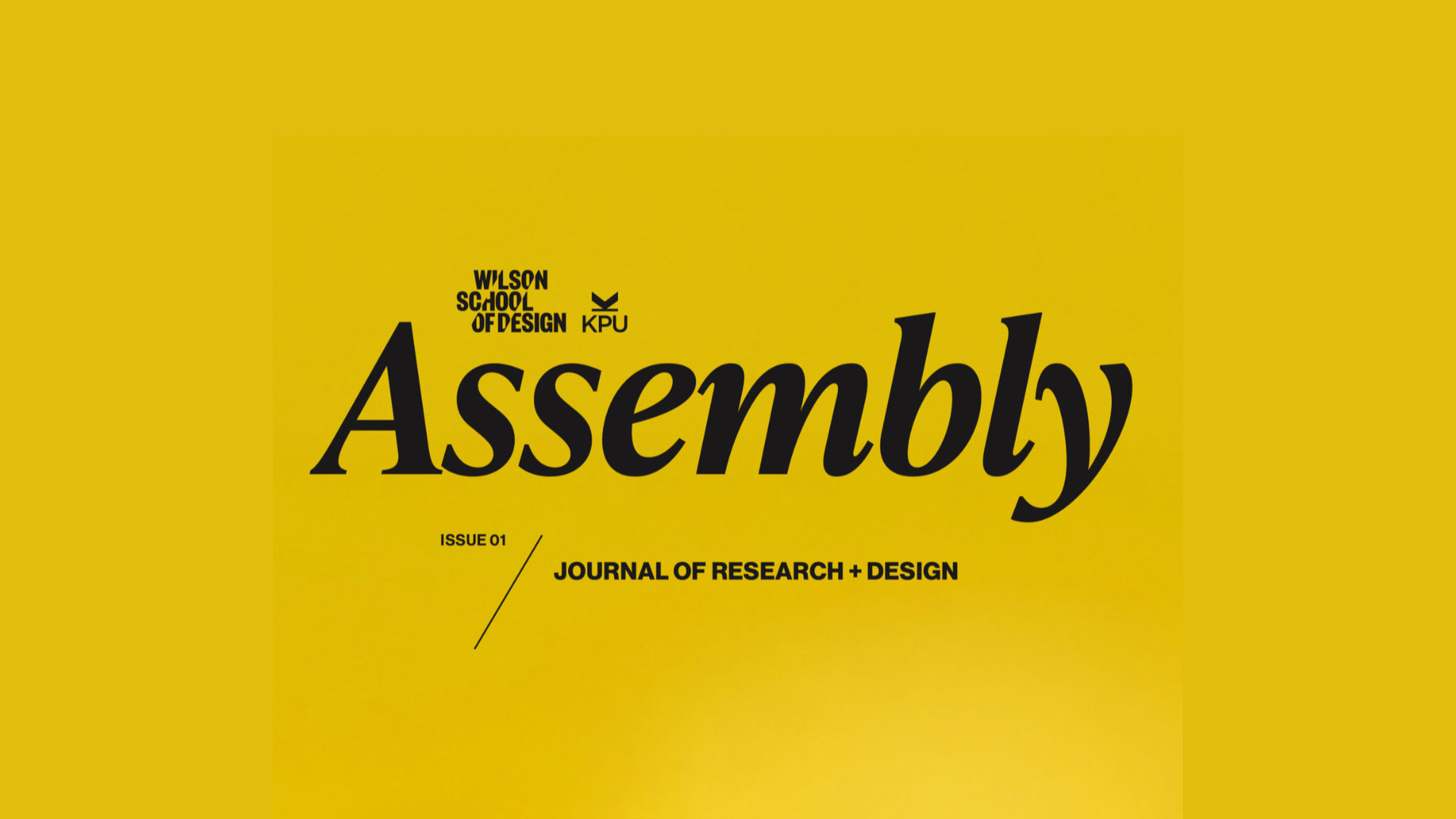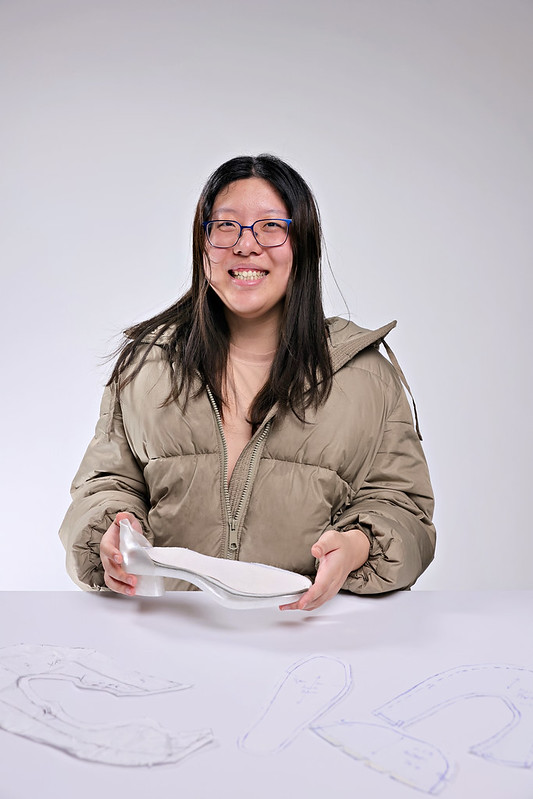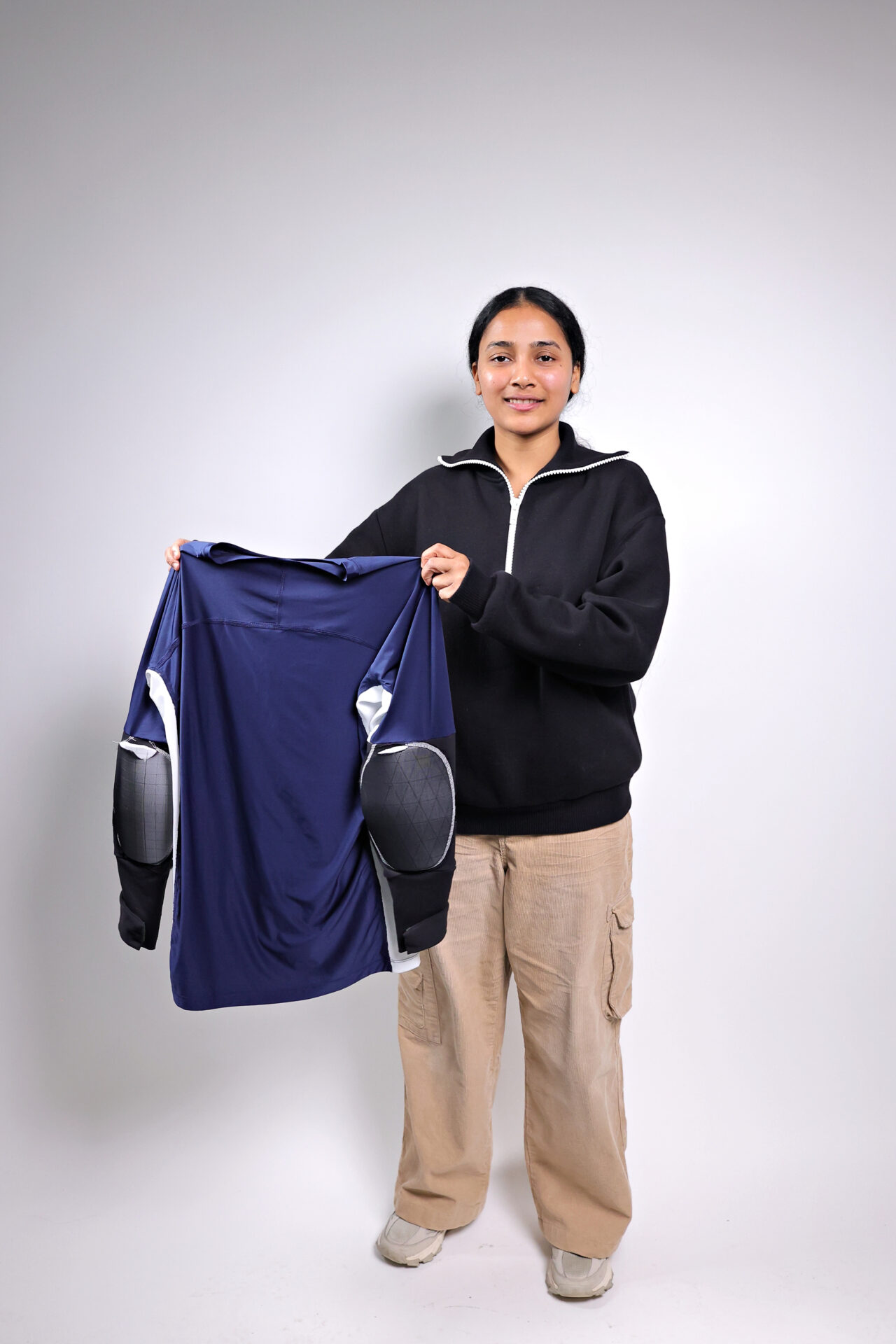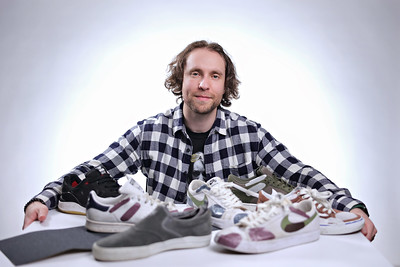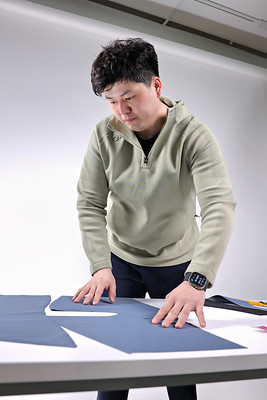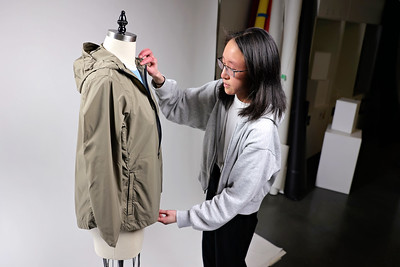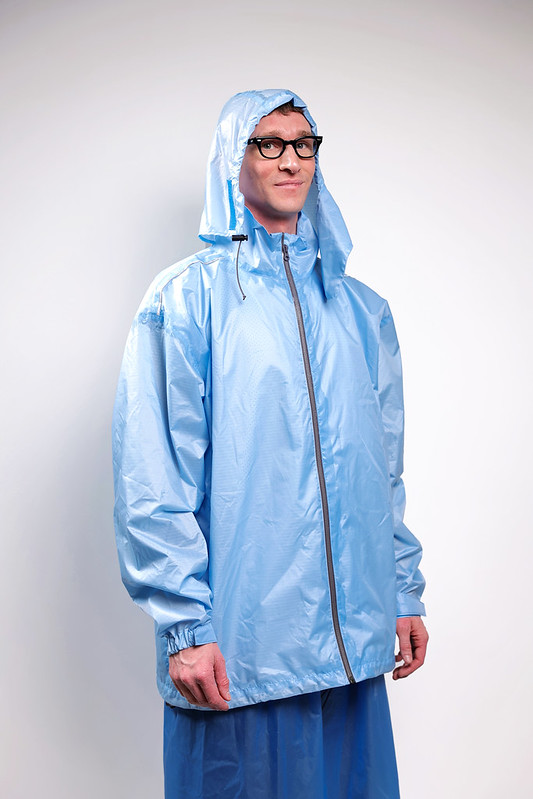IIDA, a commercial interior design association with more than 15,000 members across 58 countries, offered the IA Interior Architects Diversity in Design Scholarship to support and elevate students that represent diverse voices and perspectives.
Farhath Ahmed, a third year student in the Wilson School of Design, won the 2022 award for her essay Diversity from the Top, which set out her strategies for creating diverse and inclusive workplaces in the design industry.
“If we want minority students to aspire and be successful in the field, they need to see someone who represents them in senior roles in firms, someone they can look up to and be inspired by their success,” she wrote in the essay.
If students don’t see diversity in the future workplace and see that capable, senior and talented folks never make it to the top – they aren’t going to be as motivated to join an industry that doesn’t enable minority growth to the top levels.
Farhath Ahmed — Wilson School of Design
Winning first place in the competition secured Ahmed a $5,000 scholarship, but it was the subject that made her want to apply.
“I saw it as a great opportunity to voice my opinion and thoughts about an issue that is very real and has an impact on people not just in the design community but globally,” says Ahmed. “I commend IIDA and [scholarship sponsors] IA Interior Architects for recognizing and opening up dialogue about this issue in an effort to make a change in the right direction.”
Ahmed’s long-term goal as a designer is to create spaces that have a positive impact on the user and the environment.
“I want to create seamless designs which integrate functionality and sustainability in an aesthetic package,” she adds. “Creating the fine balance between art and science.”
She chose the Bachelor of Interior Design at KPU to learn the skills needed to realize her ambition because it is cohort based, which means the same students learn together full-time over the four-year program.
“The strength in forming close bonds with peers and faculty is a huge asset,” she says.
I can confidently say that the faculty and peer relationships I have formed in my three years here at KPU are invaluable and will carry forward in my life and career.
Farhath Ahmed — Wilson School of Design

Diversity from the Top
By Farhath Ahmed
The UN sustainable Goal #10 is to reduce inequalities, “…empower and promote the social, economic and political inclusion of all, irrespective of age, sex, disability, race, ethnicity, origin, religion or economic or other status.” (“THE 17 GOALS | Sustainable Development”, 2021). We understand that universally there are still inequalities amongst people and even in an age where people should be judged and promoted solely based on their merit and work – many times they are not. Research shows that a lifetime of experience and cultural history shape every one of us and our judgement of others. Sometimes that can be beneficial or detrimental to the environment we are in. With the worlds attention focused now more than ever on diversity, equity and inclusion of minority people, we are in a great time and position to address and advocate for change.
Actionable steps the design industry can take are to make initiatives towards diverse representation in design firms, starting from the top. If we want minority students to aspire and be successful in the field, they need to see someone who represents them in senior roles in firms, someone they can look up to and be inspired by their success. If students don’t see diversity in the future workplace and see that capable, senior and talented folks never make it to the top – they aren’t going to be as motivated to join an industry that doesn’t enable minority growth to the top levels.
The design industry and firms need to address and understand that representation is not just a quota that needs to be filled. But meaningful hiring of people based on their talent and skills. Companies need to outline and clearly state their objectives of inclusion and tie it into their business strategies, have values as a business. Having a diversity council that is actually diverse and not just top level executives but people who can positively contribute their own experiences and cultural fabric from juniors and seniors from diverse backgrounds, all genders, and communities. They need to enable these change and policymakers with resources, access, and space to support and implement strategies.
Universities and design firms should seek feedback and opinion from minority groups to see how they are functioning and how well they are sustaining and what changes can be made. If no one is asking for opinions and changes – how will anyone know what needs to be done? Schools that want to attract and retain minority students should have good resources and support systems in place, prepared to support them from academic, culture and social or financial stand points.
The design industry can also facilitate partnerships between university students and design firms for minority students who can gain valuable experience and trade relations.
Equity in the design industry, firms and universities are an ongoing process and created through dialogue which must be ongoing.
